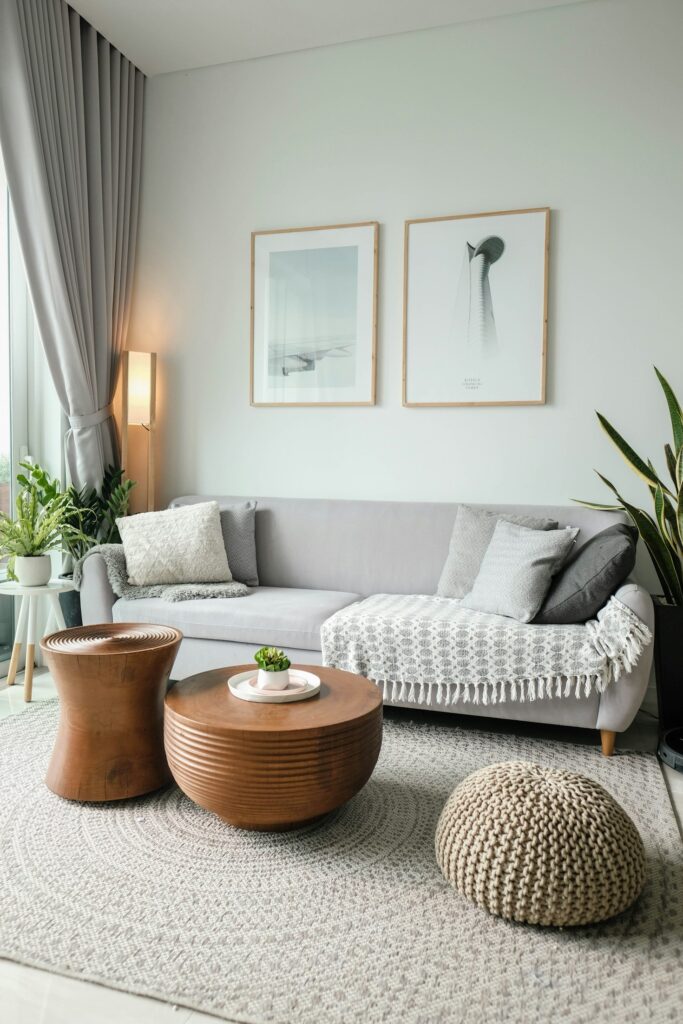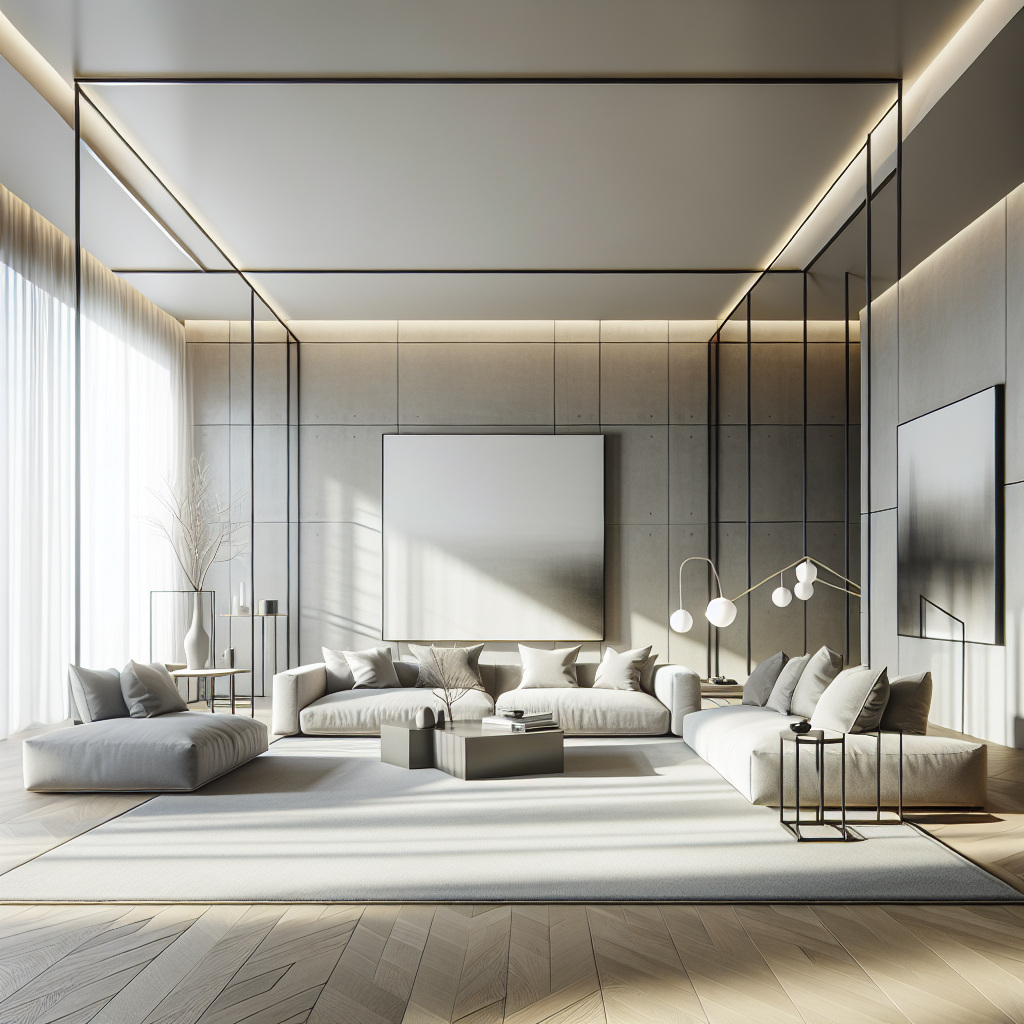
Every room in your home, whether small or large, has its own story to tell. The key to bringing that story to life is understanding how to make the most of the space you have, no matter the size. Whether it’s a cozy, compact retreat or a sprawling, open canvas, the possibilities for creating a functional and beautiful environment are endless. It all starts with finding harmony between style and practicality. Let’s explore how to approach both small and large rooms with thoughtful design strategies.
Space is not just about physical size. It’s about how you choose to use it.
Small rooms often come with the challenge of limited space, but they also offer the opportunity to get creative. With the right strategies, even the coziest room can feel spacious and inviting.
In small spaces, light is your best ally. A soft, neutral color palette can work wonders. Whites, light grays, and pastels reflect natural light and create the illusion of more space. But there’s no need to shy away from color altogether. Think of color as an accent—whether it’s through pillows, artwork, or a vibrant rug. A small splash of boldness can infuse energy into the room without overwhelming it.
Furniture selection in small rooms should focus on function. Multi-purpose pieces, like a coffee table with hidden storage or a sofa that doubles as a guest bed, allow you to make the most of the space without sacrificing style. Every piece of furniture should be carefully considered, ensuring it serves more than one purpose or keeps the room feeling open and uncluttered.
Sometimes, the smallest details make the biggest difference. A piece of art or a carefully chosen accent can completely transform a room, making it feel both purposeful and personal.
Vertical space is often overlooked, but it’s a game-changer in small rooms. Tall bookshelves, floating shelves, or wall-mounted storage can free up valuable floor space and create a sense of openness. The walls themselves are opportunities waiting to be used. Think of your room as a three-dimensional space, not just a flat surface.
One of the simplest ways to expand a room visually is by incorporating mirrors. A strategically placed mirror not only reflects light, but it also creates the illusion of depth. This trick works wonders in making a small room feel much bigger.
In a small room, simplicity is your friend.
focusing on what really matters and eliminating unnecessary clutter, you can create a calm, clean space that feels expansive and full of life.

With large rooms, the possibilities are endless—but so are the challenges. Without thoughtful design, they can feel cold or disconnected. The key is to create a sense of unity while maintaining the freedom that such a large space allows.
Large rooms can often feel more like a blank canvas than a functional living space, and that’s both exciting and intimidating. The trick is to break up the space into distinct, purposeful zones. Whether it’s a cozy reading nook, a formal dining area, or a dedicated entertainment corner, dividing the room into different sections will give it structure and definition. Use rugs, furniture, and lighting to create these zones and ensure the space feels intentional.
A large room is an opportunity to breathe life into your style.
Don’t be afraid to showcase statement pieces. An oversized sofa, a grand coffee table, or a stunning piece of art can become the focal point that grounds the room, offering both beauty and functionality.
Texture is another important factor when designing large rooms. A space that’s too minimalistic can feel sparse, so consider introducing rich textures. Velvet cushions, a woven throw, or a thick, plush rug can instantly warm up the room. Layering textures and materials adds depth and interest, making the room feel more inviting and lived-in.
Lighting in large rooms should be layered and dynamic. Start with ambient lighting—think ceiling lights or chandeliers. Then, incorporate task lighting, such as table lamps or floor lamps, to bring focus to particular areas. Finally, accent lighting can highlight artwork, plants, or architectural features. Lighting should work as a tool to create different moods throughout the space, adding warmth and inviting comfort.
In large rooms, there’s room to dream big.
The expansive space allows you to experiment with bold colors and decor choices. Perhaps a dark accent wall or oversized artwork that speaks to your personality. There’s no need to hold back.
A well-designed large room doesn’t just feel spacious—it feels like it was made for living. When each zone is thoughtfully curated, and each piece of furniture is chosen with purpose, the room becomes a functional, cohesive space that feels welcoming.
Wrapping Up with Key Insights
Whether small or large, the potential for creating a beautiful and functional room lies in how you design it. The key is to embrace the unique qualities of the space you’re working with. Small rooms require ingenuity and a minimalist approach, while large rooms call for thoughtful zoning and dynamic design choices.
Ultimately, design is about creating a space that tells your story. It’s about making your home feel like a reflection of who you are, no matter the size of the room. So, whether you’re designing a tiny bedroom or a vast living room, embrace the possibilities that each space presents, and create a room that feels perfect for you.
0 Comments